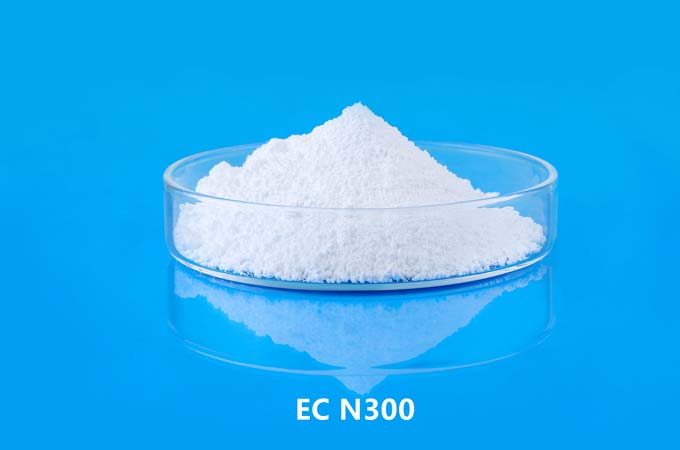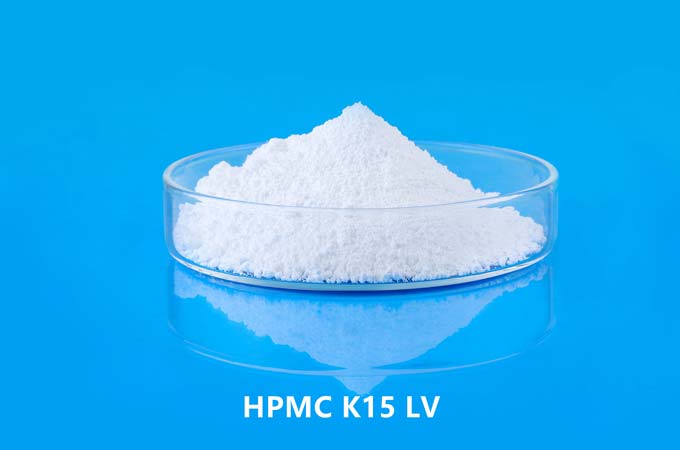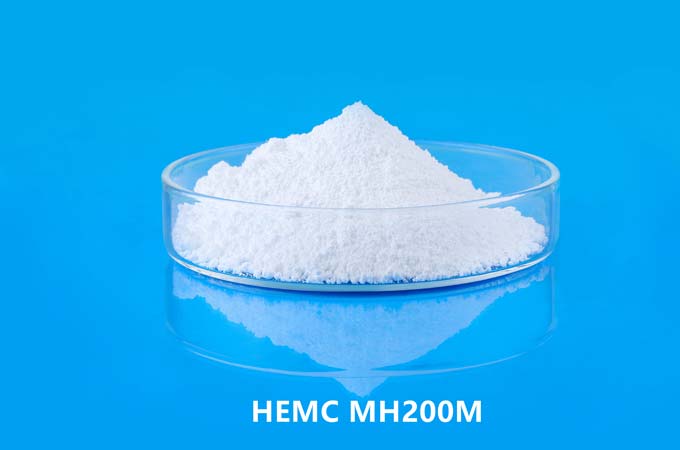Hydroxypropyl Methylcellulose (HPMC) is a non-ionic cellulose ether widely used in the field of building materials, especially in dry-mixed mortar, concrete, putty powder, tile adhesive and other materials. HPMC has good thickening, water retention, film-forming and lubricating properties, which can significantly improve the working performance and partial hardening performance of concrete, so it plays an important role in modern construction.
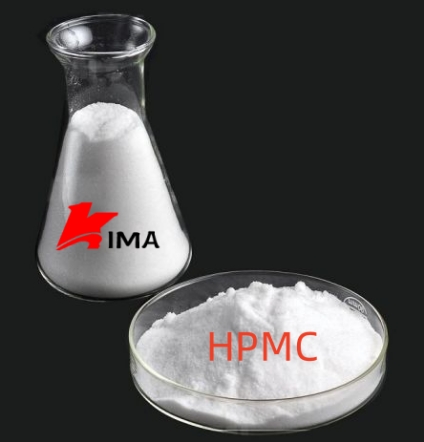
1. Basic characteristics of HPMC
HPMC is a modified cellulose ether obtained by alkali treatment and etherification reaction of natural polymer cellulose. It is white or off-white powder with good water solubility and thermal gelation. HPMC itself does not participate in the hydration reaction of cement, but indirectly affects the mixing performance and final structural performance of concrete through its physical properties.
2. Effect of HPMC on the working performance of concrete
Improving water retention
HPMC has excellent water retention properties, which can effectively reduce the rapid evaporation of water in concrete and delay the early drying speed of concrete. This plays an important role in preventing quality problems such as cracks and shelling caused by water loss. Especially when constructing in hot or dry environments, the addition of HPMC helps to keep the concrete moist and improve the hydration efficiency of cement.
Improve workability and lubricity
The thickening effect of HPMC can increase the viscosity of the concrete paste, making the concrete more cohesive and plastic. This property is particularly suitable for vertical or high-altitude construction, which can prevent the paste from sliding. In addition, HPMC can also play a lubricating role, improve the pumpability and spreadability during construction, and reduce mechanical resistance.
Adjust the setting time
HPMC can extend the initial and final setting time of concrete, providing a longer operating time window for construction. This property is particularly beneficial for projects that require long-term transportation or large-scale pouring. However, the amount used should be controlled within a reasonable range to avoid excessive delays in setting time and affect the construction progress.
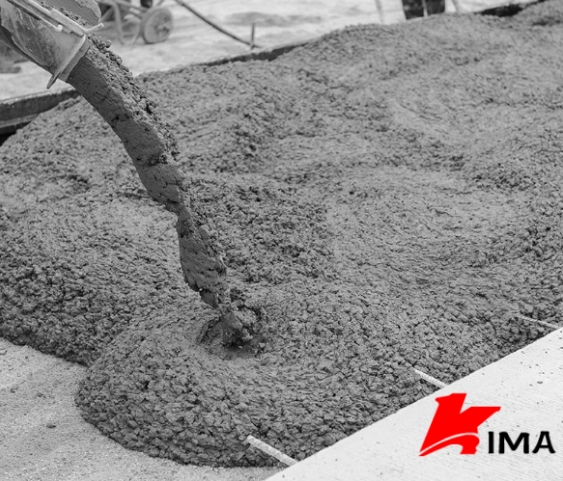
3. The effect of HPMC on the hardening properties of concrete
Affecting early strength development
Since HPMC delays the contact between cement particles and water and reduces the hydration rate, it may slightly inhibit strength growth in the early stage. This effect is particularly obvious when the dosage is high. However, as the hydration reaction gradually progresses, the water retention effect of HPMC promotes a more complete hydration reaction, which is beneficial to the development of later strength.
Improved crack resistance
Due to its excellent water retention performance, HPMC can significantly reduce the early shrinkage of concrete, thereby effectively reducing the risk of plastic shrinkage cracks. This is especially important for areas with high surface quality requirements such as plaster mortar and floor concrete.
Impact on durability
HPMC improves the density and uniformity of concrete, thereby improving its impermeability and frost resistance to a certain extent. However, it should be noted that high dosage of HPMC may lead to an increase in bubbles, thereby affecting the dense structure of concrete and further affecting some durability. Therefore, the dosage should be reasonably controlled according to actual needs and environmental conditions.
4. HPMC dosage and usage recommendations
The recommended dosage of HPMC in concrete is usually 0.1% to 0.3% of the mass of the cementitious material. The specific dosage should be adjusted according to the construction environment, the required performance and the synergistic effect of other admixtures. Too high a dosage will significantly reduce fluidity, delay setting time, and may have an adverse effect on strength; too low a dosage may not reflect its regulatory effect.
In actual use, it is recommended to conduct a test with other admixtures such as water reducers and retarders to obtain the best comprehensive performance. At the same time, pay attention to mixing evenly to prevent local concentration or uneven distribution, which will affect the performance of concrete.
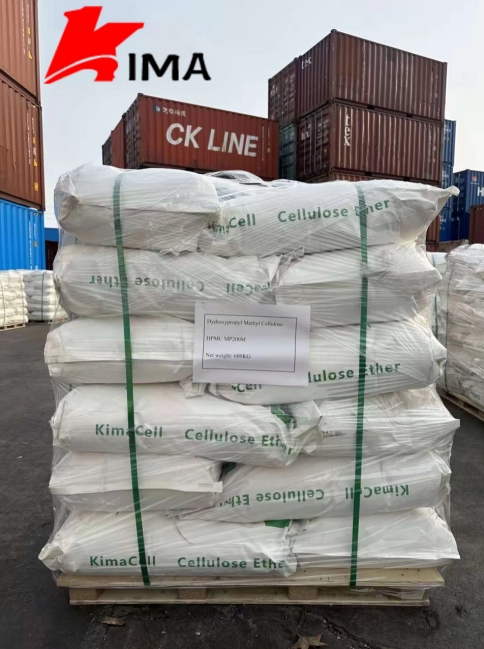
As a cellulose ether with excellent performance, HPMC mainly plays the role of water retention, thickening and regulating setting in concrete, which has a positive significance for improving the construction performance, apparent quality and certain durability of concrete. However, its potential impact on early strength and potential side effects on concrete structure at high dosage should not be ignored. Therefore, in concrete applications, a reasonable dosage should be added according to specific engineering characteristics and climatic conditions to achieve the optimal balance between performance and economy.
 English
English 日本語
日本語 français
français Deutsch
Deutsch Español
Español italiano
italiano русский
русский português
português العربية
العربية Türkçe
Türkçe Nederland
Nederland



